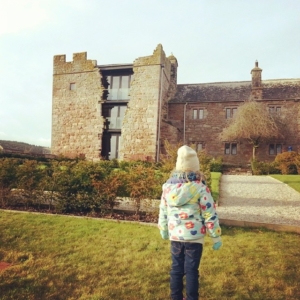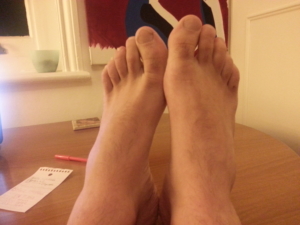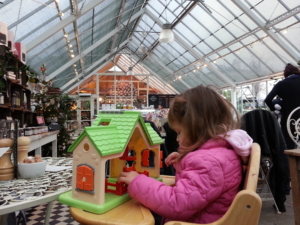Deep thoughts on education and travel
The grownups of this family are in the throes of decision time over here. The question: Where to send L (and, eventually, R) for kindergarten (and beyond).
Settling on a final answer has been challenging. In California, we are lucky enough to have a host of options: straight public, public charter, private, private parochial, and more. Because Powerwoman and I are researchers by nature (translation: because we’re total overachievers), we have investigated, toured and applied to nearly a half-dozen schools. With one of the deadlines bearing down on us next week, it’s proverbial crunchtime.
Ultimately, our decision will be based on a variety of factors. There certainly have been lots of issues to consider, including educational philosophy, class size, arts programs, and more. Of course another biggie is cost—not only because some of the schools are expensive, but also because every dollar we spend on school is one less dollar we can spend on travel.
To some of you readers, this notion of potentially sacrificing travel for the sake of mainstream education might seem trivial (or, maybe, short-sighted). For us, however, it’s a serious issue—not necessarily a deal-breaker, but a biggie.
Travel is a huge part of how this family rolls. My wife and I are committed to broadening our daughters’ perspectives on the world by spending at least one month out of every year living in a new place. Heck, we just wrapped up a four-month stint of living in London! We’re also committed to exploring through shorter trips, as well. Case in point: Next month, we’re headed to Yosemite National Park as a family for the first time ever.
From a practical perspective, Powerwoman and I also work to weave travel into the overall fabric of our girls’ education. This means our trips incorporate learning at every turn. We don’t just go to the beach and sloth. We go to the beach, and by DOING, EXPERIENCING and EMBRACING new things over the course of the day, we share lessons about geography and biology and botany and history and a whole host of other disciplines. We also strive to incorporate the journey into the overall experience; yes, those 6-hour road trips and ten-hour plane trips are challenging, but they also are great opportunities to bond with our girls.
In short, travel isn’t something we’re willing to sacrifice. Which means we’ve been thinking long and hard about putting ourselves into a position that could endanger our resources to do it.
This blog post isn’t the forum to diagram our answer—how and where we choose to school our kids is a private decision and one we’ll make privately. Nevertheless, because this is a travel blog, because travel is such a huge part of our world, I thought it was important to share some of our biggest concerns here, and solicit input and feedback from you.
What’s your take? How would you reconcile this conundrum? If you’re a parent who already has been there and done that, which way did you go and why? If you’re currently dealing with these issues, what are the issues that are keeping you up at night? Sharing your opinions on this subject could help Powerwoman and me—all of us, really—make the most informed decisions possible. I’m all ears.











